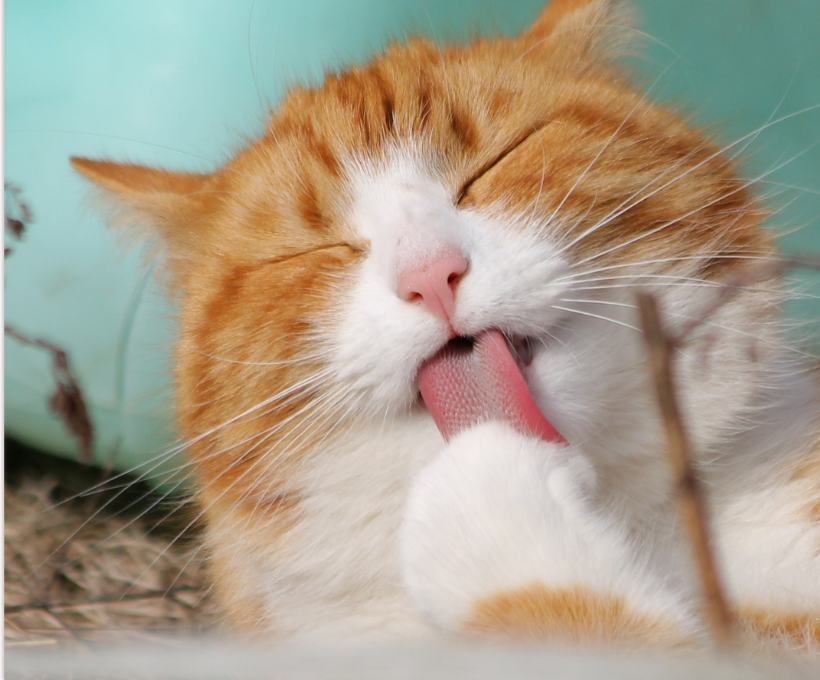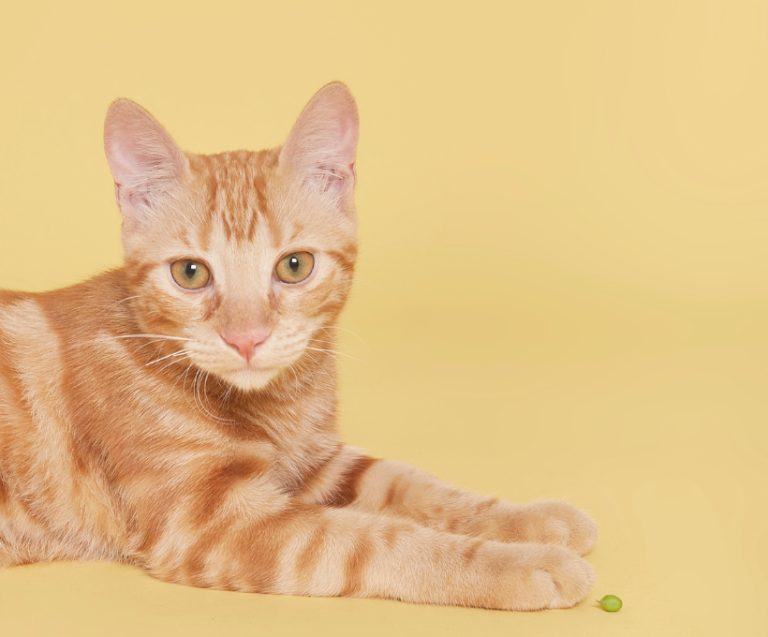Managing a diabetic cat’s health involves more than just diet; exercise plays a crucial role in controlling weight and maintaining stable blood sugar levels. Understanding the specific exercise needs for diabetic cats is essential for pet owners who want to improve their furry companions’ quality of life. In this article, we’ll explore suitable exercise types and recommended frequencies to keep your diabetic cat active and healthy.
Why Exercise Matters for Diabetic Cats
Regular physical activity is vital for diabetic cats as it helps regulate their weight and manage blood glucose levels. Obesity can exacerbate diabetes, making it harder to control. Exercise not only assists in weight management but also enhances insulin sensitivity, which is crucial for diabetic cats. By incorporating a consistent exercise routine, you can help your cat maintain a healthy weight and improve their overall well-being.
Types of Exercise for Diabetic Cats
1. Playtime Activities
Interactive play is one of the most effective ways to encourage your diabetic cat to exercise. Use toys that stimulate their natural hunting instincts, such as feather wands, laser pointers, or small balls. Aim for short sessions of about 10-15 minutes, two to three times a day. This not only helps burn calories but also provides mental stimulation, which is essential for their emotional health.
2. Walking on a Leash
While not all cats enjoy the outdoors, leash training can be an excellent way to introduce structured exercise. Start with short walks around your home or yard, gradually increasing the duration as your cat becomes more comfortable. Walking helps improve cardiovascular health and can be a fun bonding experience for both of you.
3. Climbing and Scratching
Encourage your cat to engage in climbing and scratching activities. Cat trees or shelves can provide vertical space for climbing, while scratching posts offer an outlet for their natural behaviors. These activities will help keep your cat physically active and can contribute to better muscle tone and joint health.
4. Puzzle Feeders
Using puzzle feeders is an innovative way to combine mental stimulation with exercise. These feeders require your cat to work for their food, promoting activity while they eat. This method can help slow down their eating pace and encourage movement, benefiting both their physical and mental health.
Recommended Exercise Frequency
For diabetic cats, it’s essential to establish a regular exercise routine. Aim for at least 30 minutes of activity spread throughout the day. This can include various forms of play, walking, and climbing sessions. The key is consistency; regular exercise will help your cat maintain a healthy weight and stable blood glucose levels.
Monitoring and Adjusting
As you implement an exercise routine for your diabetic cat, monitor their weight and energy levels closely. If you notice significant changes in their behavior or health, consult your veterinarian. They can provide personalized recommendations based on your cat’s specific needs and health status.
Conclusion
Incorporating regular exercise into your diabetic cat’s daily routine is essential for managing their condition effectively. By engaging in interactive play, walking on a leash, climbing, and using puzzle feeders, you can help your cat maintain a healthy weight and control blood sugar levels. Remember to establish a consistent routine and adjust activities as needed. With the right balance of exercise and diet, you can enhance your diabetic cat’s quality of life and ensure they remain happy and healthy.
By focusing on your cat’s exercise needs, you’ll not only improve their physical health but also strengthen the bond you share. Explore these activities today to help your furry friend thrive!





